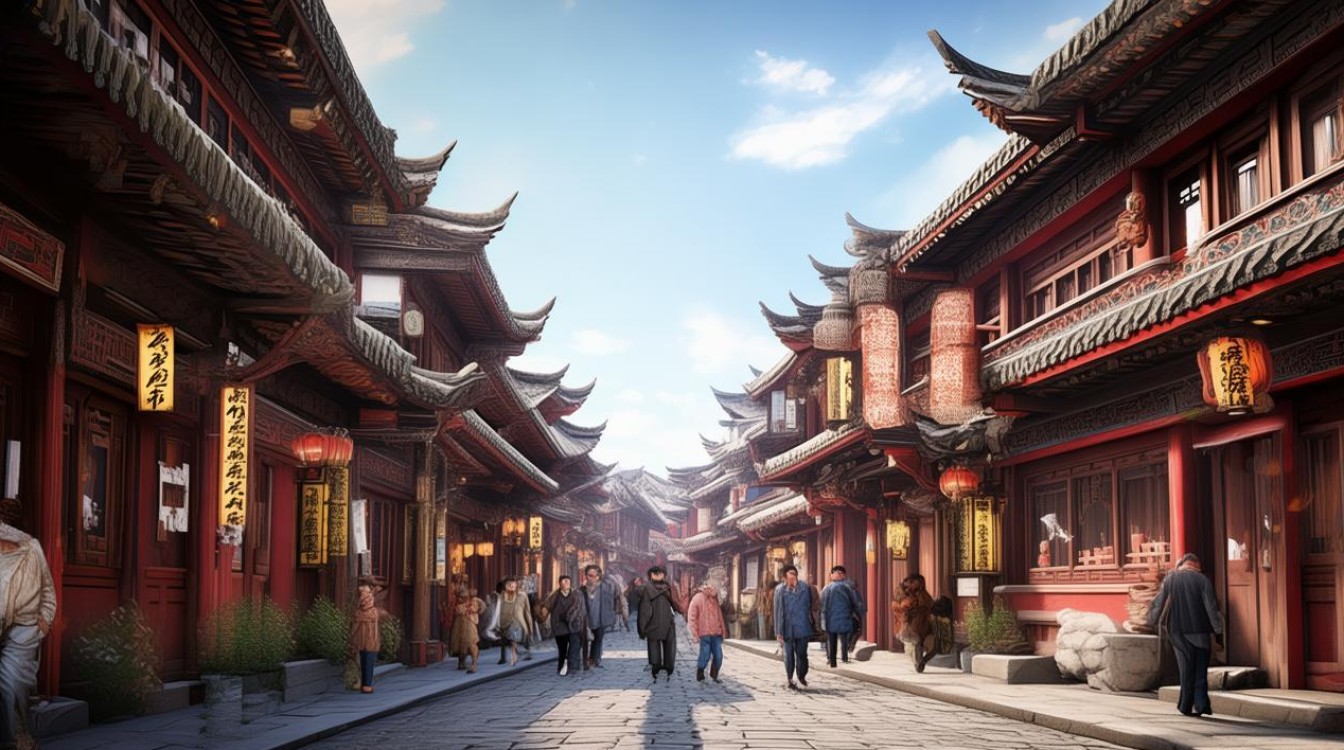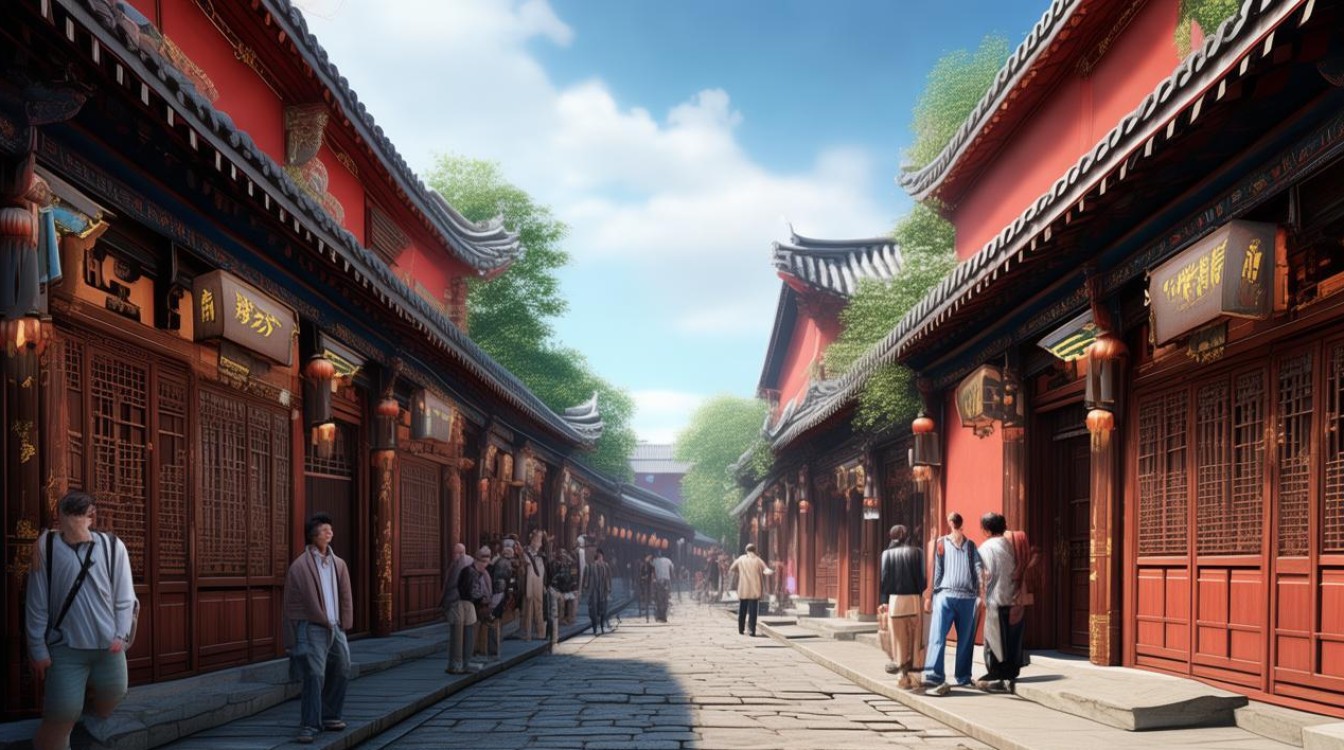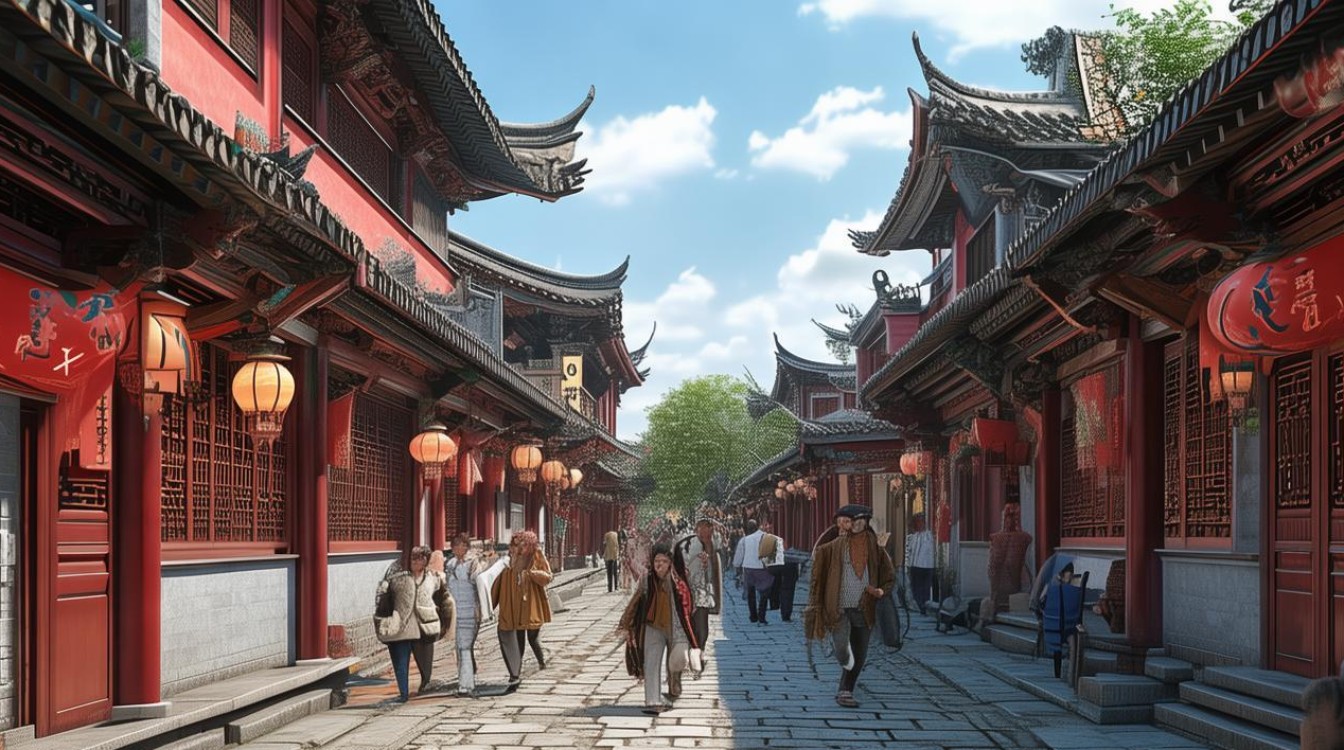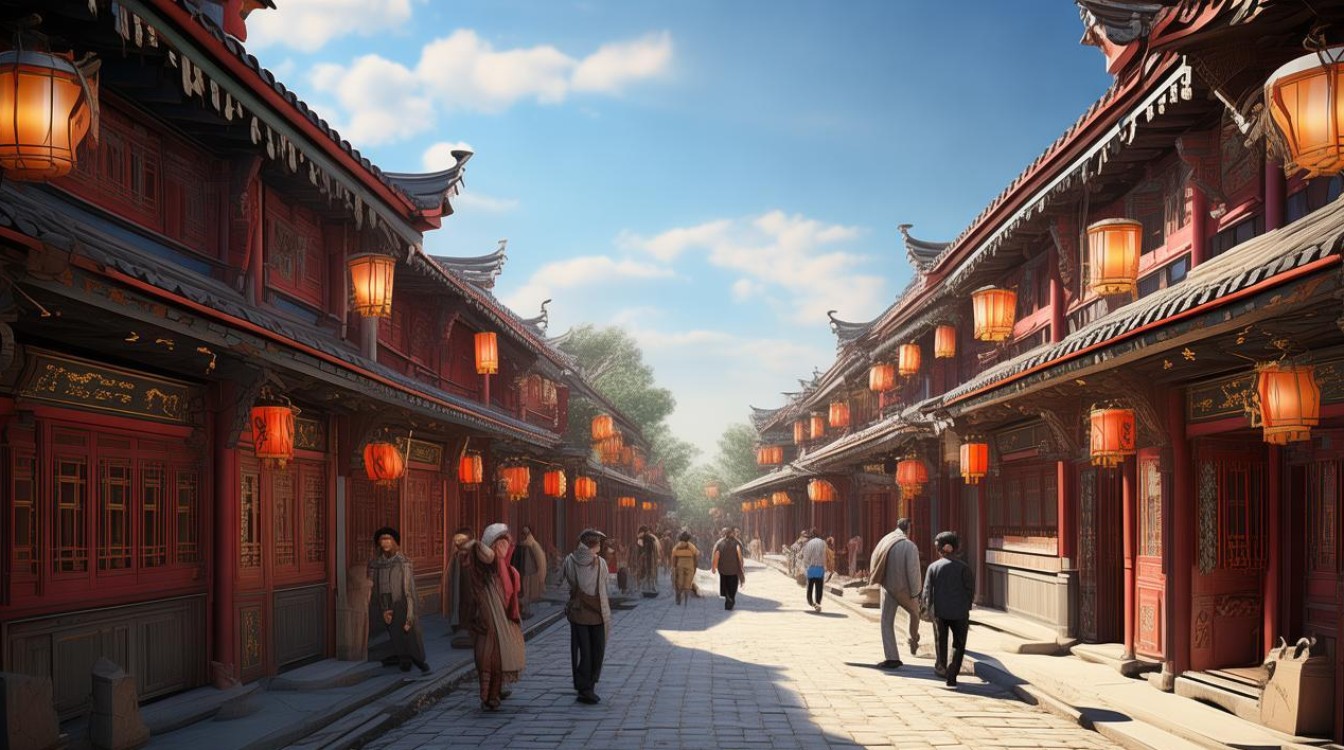Beijing hutongs, with their winding alleys and centuries-old courtyards, are more than just architectural relics—they are living museums of Chinese history and culture. These narrow lanes, often overshadowed by modern skyscrapers, offer a glimpse into the soul of old Beijing. For anyone seeking to understand the city’s heritage, a stroll through the hutongs is an unforgettable experience.

The Origins and Layout of Hutongs
The word "hutong" originates from the Mongolian term for "water well," reflecting their historical role as communal spaces. Dating back to the Yuan Dynasty (1271–1368), hutongs were designed around the imperial palace, forming a grid that symbolized order and hierarchy. Over time, they evolved into vibrant neighborhoods where families lived, worked, and shared their lives.
A typical hutong is lined with siheyuan, traditional courtyard homes. These compounds, built with gray bricks and tiled roofs, follow feng shui principles, with the main gate facing south to invite good fortune. The layout fosters a sense of community, as residents often gather in shared courtyards to chat or enjoy tea.
Life in the Hutongs: Tradition Meets Modernity
Walking through a hutong today, one encounters a fascinating blend of old and new. Elderly residents play chess under ancient trees, while trendy cafés and boutique shops nestle beside traditional noodle stalls. The hutongs have adapted to modern life without losing their charm.

Local businesses thrive here, from family-run dumpling shops to artisans crafting handmade souvenirs. Many young entrepreneurs have revitalized the area by opening bookstores, galleries, and hostels, attracting both tourists and locals. Yet, despite these changes, the essence of hutong life remains unchanged—a testament to resilience and adaptability.
Cultural Significance and Preservation Efforts
Hutongs are more than just physical spaces; they are repositories of intangible cultural heritage. Storytellers, Peking opera singers, and shadow puppeteers once performed in these alleys, keeping folk traditions alive. Today, efforts to preserve hutongs face challenges as urbanization accelerates. Some lanes have been demolished, while others are protected as cultural landmarks.
Organizations and residents alike are working to safeguard these treasures. Restoration projects aim to maintain the original architecture while improving living conditions. Community events, such as temple fairs and handicraft workshops, help pass traditions to younger generations. The balance between preservation and progress is delicate, but the hutongs’ cultural value makes the effort worthwhile.

Exploring Beijing’s Most Famous Hutongs
For visitors, certain hutongs stand out for their history and character:
- Nanluoguxiang: This lively alley is a hub of creativity, with its mix of bars, souvenir shops, and traditional snack vendors. Its 800-year history adds depth to its trendy vibe.
- Yandaixie Street: Known as "Tobacco Pipe Lean Street," this hutong was once a bustling commercial lane. Today, it retains a nostalgic atmosphere with its old-fashioned storefronts.
- Mao’er Hutong: A well-preserved area with elegant courtyards, it offers a quieter, more residential experience.
Each hutong has a unique story, waiting to be discovered by curious travelers.
The Future of Hutongs: Challenges and Opportunities
As Beijing grows, the hutongs face pressures from development and gentrification. Rising property values threaten to displace long-time residents, while commercialization risks diluting their authenticity. However, there is hope. Sustainable tourism initiatives promote responsible visits, encouraging travelers to respect local life.

Innovative solutions, like converting old homes into cultural centers or guesthouses, provide economic incentives for preservation. The younger generation’s growing interest in heritage also bodes well for the hutongs’ survival. By valuing these spaces, society can ensure they remain vibrant for centuries to come.
Beijing hutongs are not just relics of the past—they are living, breathing communities that embody the city’s spirit. To wander through them is to step into a world where history and modernity coexist harmoniously. For those who take the time to explore, the hutongs reveal the heart of Beijing, one alley at a time.

